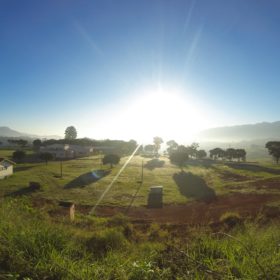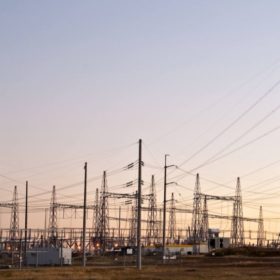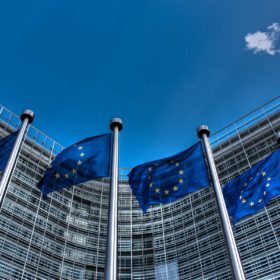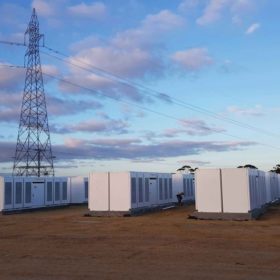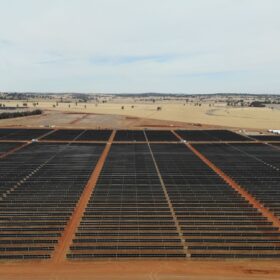4.9 MW Ramahyuck Solar Farm set to be first wholly owned and operated by an Aboriginal Corporation
The Ramahyuck District Aboriginal Corporation has won over $1 million in funding from the Victorian Government for the development of a 4.9 MW solar farm, as well as several other community arrays. This is a win for Indigenous self-determination and a proven long-term income and employment stream which will help to “enable a healthy, strong and vibrant Aboriginal community”.
Renewable energy prominent in state’s $52.2 billion infrastructure pipeline
The Queensland government will pour more than $580 million into increasing electricity network capacity and replacing ageing assets as part of a $52.2 billion infrastructure program designed to transform the state into a renewables, advanced hydrogen and manufacturing superpower.
How Europe’s carbon border tax will affect Australia
Europe plans to introduce a Carbon Border Adjustment Mechanism in two years, requiring importers to pay a carbon price on steel, iron, aluminium, cement, electricity and fertiliser initially. Experts explain what the changes will mean for Australia’s export future, and just how little the legality debate matters.
WA firms as green hydrogen frontier: McGowan’s new $50 million fund and bp’s plans to repurpose oil refinery
As part of the Western Australian government’s 2021-22 Budget, Premier Mark McGowan announced a new $50 million fund to stimulate the growth of the state’s green hydrogen industry for domestic use and exports. The fund comes on top of several ongoing initiatives and includes funding for private industry feasibility studies, including one which will see bp repurpose its Kwinana Oil Refinery into a green fuels hub.
A closer look at Australia’s ‘solar stopper’ market reforms
Australia is currently staring down a suite of reforms which could stifle our rapid and sensible transition to clean energy.
English solar developers expand into friendly New Zealand
Hive Energy, Ethical Power Group and Solar South West have set up a joint venture they hope will lead to 350 MW of utility scale installations in a country which does not suffer from grid congestion and which appears to have an energy transition-friendly administration.
Sunday read: Digesting Europe’s border tax proposal
The European Union’s proposed carbon border tax on imports of energy-intensive goods could push up prices of steel, aluminium and raw materials, which could add costs to the supply chain for solar PV installations. In the longer run, however, the border tax could also offer solar PV manufacturers new opportunities to source materials with a lower carbon footprint.
AEMO pushes ahead with settlement reform for NEM
A market reform more than four years in the making is set to be introduced in less than 30 days with the Australian Energy Market Operator this week confirming the five-minute settlement period will come into effect on October 1, 2021.
Spinning against a wall: Aussie athletes scold government inaction as enduring country myth disproven
With 370 of its most beloved athletes lambasting the country’s climate inaction on the same day its coal-loving base was revealed to be little more than a mirage, the Morrison government must front up to both its own people and global peers as elections and summits loom.
Victoria opens tender for ‘at least’ 600 MW of renewables in second reverse auction
The Victorian government has launched its second Victorian Renewable Energy Target auction, aiming to attract “at least” 600 MW of new renewable energy capacity to the state.
